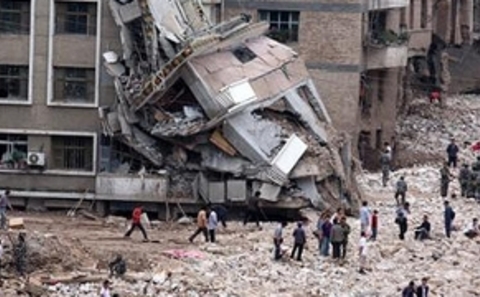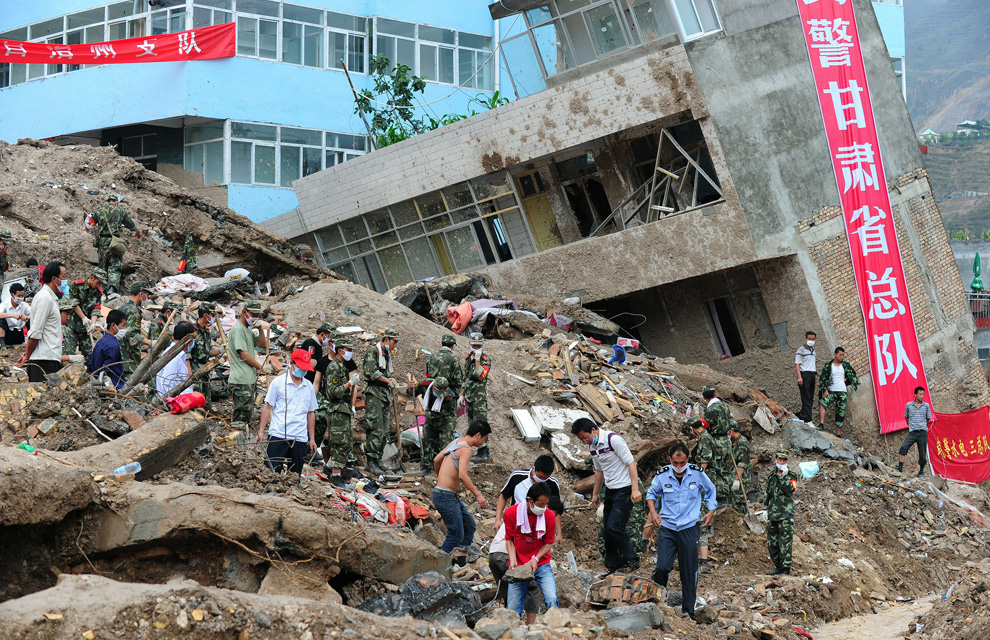A huge mudslide struck Zhouqu, in Gansu, western China on
August 7. More than 1,200 people were declared dead and 490 were missing by
August 16. This was the worst landslide in Zhouqu and possibly the worst in
China over the passed 60 years.
Zhouqu has experienced many disasters in the recent decades,
as it is one of China’s landslide hotspots. The landslide occurred for a number
of different reasons. China’s topography is extremely mountainous. Forests have
been logged for trees as an industry, stripping the mountainsides and exposing
underlying soils and sediments. The weather had been experiencing torrential
rains from the monsoon season. The region also experiences large earthquakes.
The heavy rainfall and earthquakes occurring on steep slopes where there is
slipping soil causes landslides. The anthropogenic causes of landslides are
dams, clear cutting, undercutting, etc.
Soldiers have been using explosives to blast through debris
that partly dammed the Bailong River and created an unstable lake. It eventually overflowed and sent a wave of
water engulfing the town of Zhouqu early on Sunday.
Meanwhile, specialists in epidemic prevention and medical
workers have been sent to the area amid growing fears that contaminated water
could spark an outbreak of disease.
This landslide has been devastating as it resulted in many
deaths and injuries. Authorities face a growing problem of where to house
survivors. More than 1,000 homes were damaged or destroyed and another 3,000
were flooded.
More than 4,000 tents have been sent to Zhouqu but the mountainous
terrain means there is little open space to set up camps.
Li Hui, head of the province’s Housing and Urban-Rural
Development Bureau, said the new system would provide 12,000 tones of water a
day. Safe drinking water will be available within five months.
This landslide could have been prevented from stabilizing
the ground and by building retaining walls that won’t compromise the shear
plane of the land. Communities could have prevented damage by the landslide by
avoiding houses being built on a slope or close by one.
Families are asked to avoid returning to homes because there
could be massive destruction. Many prevention programs are created to prevent a
future disaster. Recovery efforts and assistance is available from other cities
and service workers.




No comments:
Post a Comment